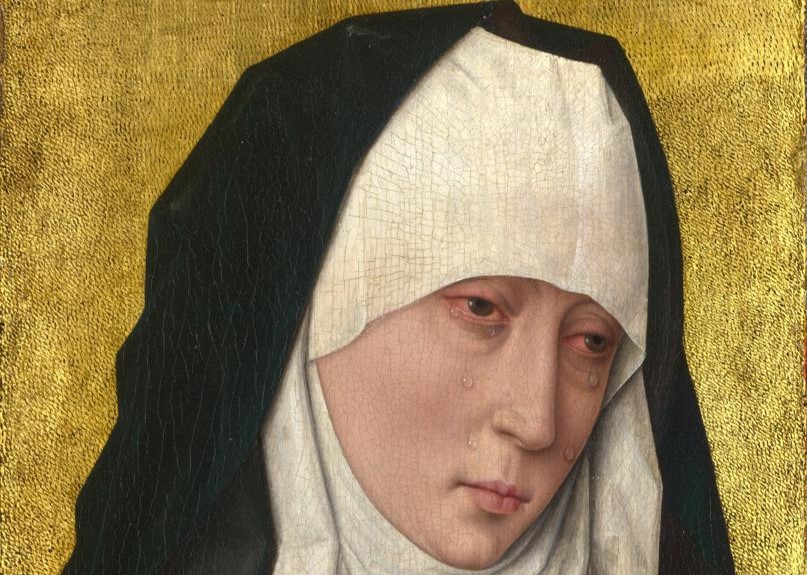An artist painting with a sense of religion: Who is Dirck Bouts?
Bouts' pattern is solid and strong. In many of his paintings, the landscape surrounding the figures plays an important role. Landscapes such as sunset and twilight are very richly rendered in terms of natural effects.

(? – 1475) Dutch painter. He has worked on humans and nature with a deep religious feeling and sensitivity. 13th century He was born in the early part of Haarlem, his first name is Dierick, Dirk, Dieric, and Thierry. It is not known whether he received a painting education until 1448. In the same year, he married Catherine van der Bruggen. In 1457 he settled in the city of Louvain, where he had been before. He became its official painter in 1468. He died in Louvain in 1475.
Dieric Bouts (born c. 1415 – 6 May 1475)[2] was an Early Netherlandish painter. Bouts may have studied under Rogier van der Weyden, and his work was influenced by van der Weyden and Jan van Eyck. He worked in Leuven from 1457 (or possibly earlier) until his death in 1475.
Bouts' early style bears a strong resemblance to another artist from Haarlem, Albert van Ouwater. As a matter of fact, it has been proven in recent years that the four panels with the theme of "The Virgin Mary", which are thought to be the oldest works of Bouts, belong to Ouwater. Another influence worked out in his earliest known works, such as The Burial of Christ, is that of Roger van der Weyden. It is therefore assumed that Bouts worked alongside Weyden, the official painter of the city of Brussels. It is certain, at least, that he was intimately acquainted with Weyden's art. St. John in Patmos and the Virgin Mary and Child Jesus, decorated with bright colors, constitute the beginning of the maturity period. The works of this period, which have the stylistic features of Van Eyck and Weyden, have escaped from the provincial primitiveness of their first paintings. In these works, which are far from intense and violent emotions, but have a unique sensitivity, basically, Wevden's symbols are processed with Van Evck's pictorial language. Yet he lacks Wevden's enthusiasm and Van Eyck's strength. Paintings such as The Martyrdom of St. Erasmus and The Last Supper, mostly based on vertical compositional adaptations, are Bouts' masterpieces. A product of the same years, Portrait of a Man is his only dated and signed work. The Last Judgment, with two large panels on the functioning of justice, is striking with its rich spatial expression, apart from its exaggerated figures in elegant and stylish clothes.
Bouts' pattern is solid and strong. In many of his paintings, the landscape surrounding the figures plays an important role. Landscapes such as sunset and twilight are very richly rendered in terms of natural effects. The figures, which are elongated vertically, are placed in a cubic and constructive painting space in the geometric organization. Bouts can be attributed to Paolo, Uccello, and even Piero della Francesca in terms of his understanding of painting space. His art is generally free of emotional and stimulating effects; stationary and cold. He looks at events from afar and without emotion. Nevertheless, an expressionist quality is also observed in his works, in which beings are evaluated by their inner tensions.
-----------------------------------
Works
https://www.nationalgallery.org.uk/artists/dirk-bouts
